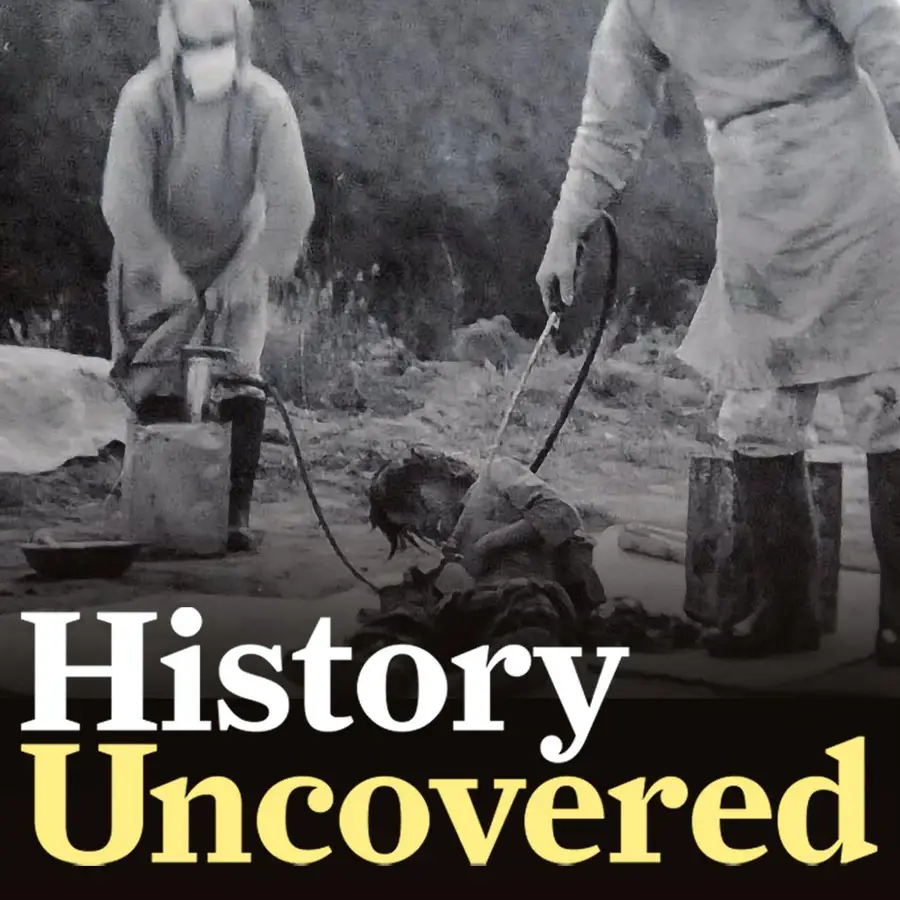From chemical weapons tests to frostbite experiments to amputations without anesthesia, the atrocities of Unit 731 rank among the most vicious in modern history.
After the horrors of World War I came to an end, the Geneva Convention promptly banned the use of all chemical and biological weapons in warfare. The Geneva Protocol, as it came to be known, was signed in 1925 and officially outlawed the use of “asphyxiating, poisonous, or other gases, and of all analogous liquids, materials, or devices” and “bacteriological methods of warfare.”
There were those, however, who saw this ban not as a necessary preventative measure for the good of humankind, but instead as proof that chemical and biological weapons indeed worked – or else why would they need to be banned in the first place? So in the 1930s, the Japanese government began a top-secret program to develop their own biological weapons with the creation of a covert army division known as Unit 731.
Led by Surgeon General Shirō Ishii, Unit 731 began its experiments in earnest after Japan invaded China in 1937 and started using the country’s civilian population as their guinea pigs. Officially called the Kwantung Army’s Epidemic Prevention and Water Purification Department, Unit 731 conducted experiments on some 3,000 prisoners, who were mostly Chinese or Korean civilians.

Xinhua via Getty ImagesThe frostbitten hands of a Chinese person who was taken outside in winter by Unit 731 personnel for an experiment on how best to treat frostbite. Date unspecified.
Unit 731 would mutilate the bodies of victims, which they simply called “logs,” while they were conscious and without a drop of anesthesia or pain-numbing agents, just as a way of studying how their organs functioned. Meanwhile, some prisoners were infected with diseases like cholera or the plague, and researchers would then remove their organs for experimentation to study the effects of the disease before decomposition could set in.
Others had their limbs amputated and surgically reattached to different parts of their bodies, while others had body parts crushed, frozen, or cut off from circulation to observe the progress of gangrene in action.
Elsewhere, scientists working for Unit 731 experimented with frostbite, submerging captives’ limbs in tubs of water and ice until they froze solid and a layer of ice formed over their skin.
One researcher, Yoshimura Hisato, took it a step further by trying various methods of then reanimating the frozen limb, including dousing them with scalding hot water, holding them over an open fire, or simply leaving the prisoner in agony for a night to observe how quickly their own blood could thaw the appendage out.
Today, the “experiments” conducted by Unit 731 stand as some of the most horrifying in human history, but few know the full story.
Dig deeper into the disturbing history of Unit 731.
Learn more about the music used in our podcast. History Uncovered is part of the Airwave Media network. Learn more about your ad choices by visiting megaphone.fm/adchoices.






